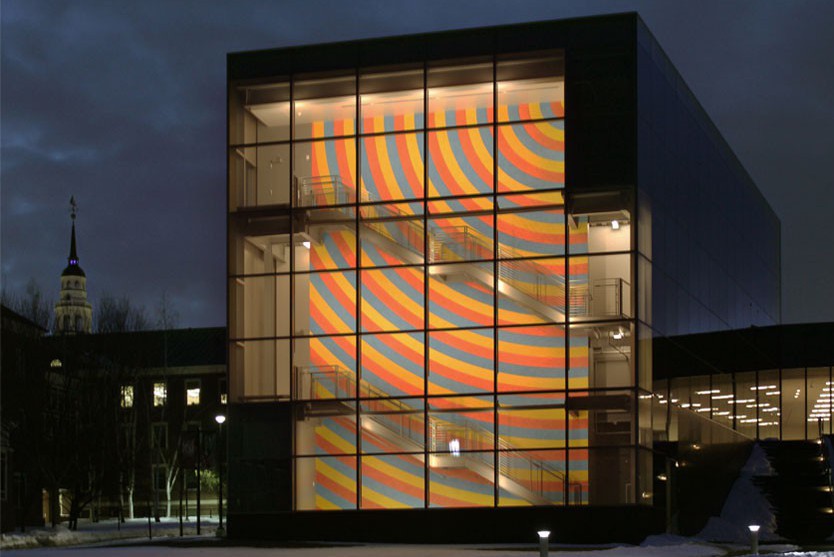Jul 8 2017 - Nov 12 2017
Waterville, ME
The exhibition Marsden Hartley’s Maine showcases the American artist’s lifelong artistic engagement with his home state of Maine. Approximately 90 paintings and drawings will illuminate his extraordinarily expressive range — from Post-Impressionist interpretations of seasonal change in inland Maine in the early 1900s to folk-inspired depictions, beginning in the late 1930s, of the state’s hearty inhabitants, majestic coastline, and great geological icon, Mount Katahdin.
Born in Lewiston, Maine, in 1877, Hartley became known for his peripatetic nature, especially his time spent in Paris and Berlin, where he participated in the European avant-garde. Over the course of his career, however, he returned to his home state repeatedly, painted Maine subjects while living abroad, and proclaimed himself the “painter from Maine” in the final chapter of his life. With the artist’s place of origin as its focus, the exhibition will trace the powerful threads of continuity that run through Hartley’s work and underlie many of his greatest contributions to American modernism. To Hartley, Maine was a springboard to imagination and creative inspiration, a locus of memory and longing, a refuge, and a place for communion with previous artists who painted there, especially Winslow Homer, the most famous American artist associated with the state. Hartley died in Ellsworth, Maine, in 1943.
Hartley began his career by painting and exhibiting views of the state’s western hills in a vibrant painterly style, seen in works such as The Silence of High Noon — Midsummer (1907–08), which he debuted in 1909 at his first solo exhibition at Alfred Stieglitz’s art gallery, 291. Hartley worshipped Paul Cézanne above all other modern painters; in emulation of Cézanne’s legendary serial views of Mont Sainte-Victoire in his home of Aix-en-Provence, Hartley adopted Maine’s Mount Katahdin as one of his key subjects beginning in 1939. One entire gallery of the exhibition will be devoted to Hartley’s bold, audacious figure paintings, such as Madawaska — Acadian Light-Heavy (1940) and Canuck Yankee Lumberjack at Old Orchard Beach, Maine (1940–41). The unrefined sensuality of the figures evokes Walt Whitman’s poetry, which the painter also admired. His depictions of working-class men are typically static, even saint-like in appearance. The Met’s presentation of the exhibition will include select works from the Museum’s collection by other artists who shaped Hartley’s vision, including Cézanne, Japanese printmakers Hiroshige and Hokusai, and American painters Winslow Homer and Albert Pinkham Ryder.
Exhibition overview from museum website
Whether you go or not, the exhibition catalog, , is the first book to look at the artist’s complex relationship with the Pine Tree State, providing a nuanced understanding of Hartley’s impressive range in over 80 works, from the early Post-Impressionist interpretations of seasonal change to the late depictions of Mount Katahdin, the most dramatic and enduring series in his oeuvre. Hartley (1877–1943) was a well-traveled American modernist painter, poet, and essayist, but it is his life-long artistic engagement with his home state of Maine that defines his career. Maine served as a creative springboard, a locus of memory and longing, a refuge, and a means of communion with other artists, such as Winslow Homer, who painted there.
